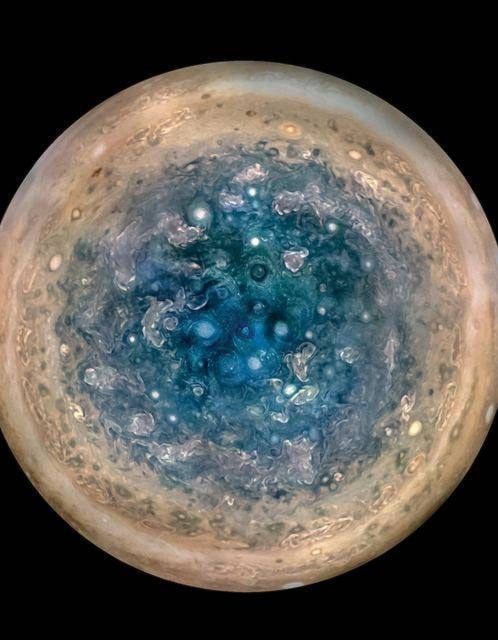By Samantha Bell
For those of you who like watching shooting stars (and really who doesn’t?) the Lyrid meteor shower will be active from April 14 to 30. The Lyrids should reach their maximum of 18 meteors per hour on the morning of April 22. The best time to view them will be before dawn but after the moon sets. Look east for the radiant (the point from which the meteors appear to come from) in the constellation of Lyra, but for longer meteor trails look slightly north or south.
Venus rises in the west shortly after sunset on April 1 and sets around 9:30 p.m. It will be easy to spot as it will be the brightest “star” in the sky. On April 17, the thin crescent moon will be close to Venus, making for a good photo opportunity.
Unfortunately, this is not a good month for viewing the planet through a telescope as it will appear as a bland disk. If you do choose to take a look you will see that Venus’s disc is about 94 per cent lit at the beginning of the month and 89 per cent at the end. Venus will move eastward relative to the background stars, which will put it just south of the Pleiades star cluster on April 23 and just north of the Hyades star cluster at the end of the month.
Jupiter rises in the east-southeast about an hour after Venus sets at the beginning of April. It will rise earlier each day until it is rising during twilight almost opposite Venus at the end of the month. This giant planet will be easy to find as you just have to look for the brightest “star” after Venus has set. Jupiter currently resides in the constellation of Libra and its appearance will change little this month if you choose to look at it through a telescope.
Because Jupiter is edge-on to Earth, we mainly see the region around the planet’s equator. But every six years or so, Jupiter’s axis tilts a bit in our direction, giving us a slightly better view of one pole or the other. In April we get a slightly better view of the Jovian South Pole, which will be tilted at a modest 3.4 degrees toward us. The best time to look at Jupiter through a telescope is when it lies highest in the evening sky as this reduces atmospheric interference.
Saturn and Mars rise together in the south a couple hours after midnight on April 1 in the constellation Sagittarius. Mars’ reddish glow is ever so slightly brighter than Saturn’s yellowish glow. Saturn will remain almost stationary this month, while Mars will move Eastward at a steady clip. Saturn’s rings will be tilted towards Earth at a 25 degree angle to our line of sight for those with telescopes. This should provide a nice view of the ring structure, which, according to the data received from Cassini is only 150 million to 300 million years old.
Mars will brighten slightly and its disc will increase in size by about 30 per cent as it prepares for its best appearance in late July, at which time it will shine 10 times brighter and more than double its size compared to this month’s showing. This is a good time to practice your observing skills as well as your astro-imaging skills (star/space photography). Just make sure that if you are looking through a telescope you wait until the Red Planet is high in the sky to avoid those pesky atmospheric turbulence areas near the horizon.
The best time for that should be before dawn. If you look at Mars around the same time every morning, you will see only a slight change in what’s visible of the Martian surface. This is because one day on Mars is 24 hours and 37 minutes long.
Neptune will make an appearance in late April, when it emerges in the early morning in the east after some time spent behind the sun. It will lie close to the horizon and will not be visible without binoculars. Hills and trees will also prevent you from seeing it, so May might be a better month to try.
Mercury also appears before dawn in late April in the east. Unfortunately it won’t be any easier to see as it is hugging the horizon and rising in the bright twilight.
Uranus is lost in the twilight and will disappear behind the sun on April 18, to return in late May.
For those of you following Comet PANSTARRS (C/2016 R2), it will travel in a northeasterly direction from the constellation of Perseus to the constellation of Auriga. If the comet continues to outgas, you should be able to spot it with a four-inch telescope under a dark sky. But if it dims at all, or you are in a brighter area, you will need at least an eight- to 10-inch telescope.
Comets are notoriously unpredictable so it’s anyone’s guess as to what PANSTARRS will do.
